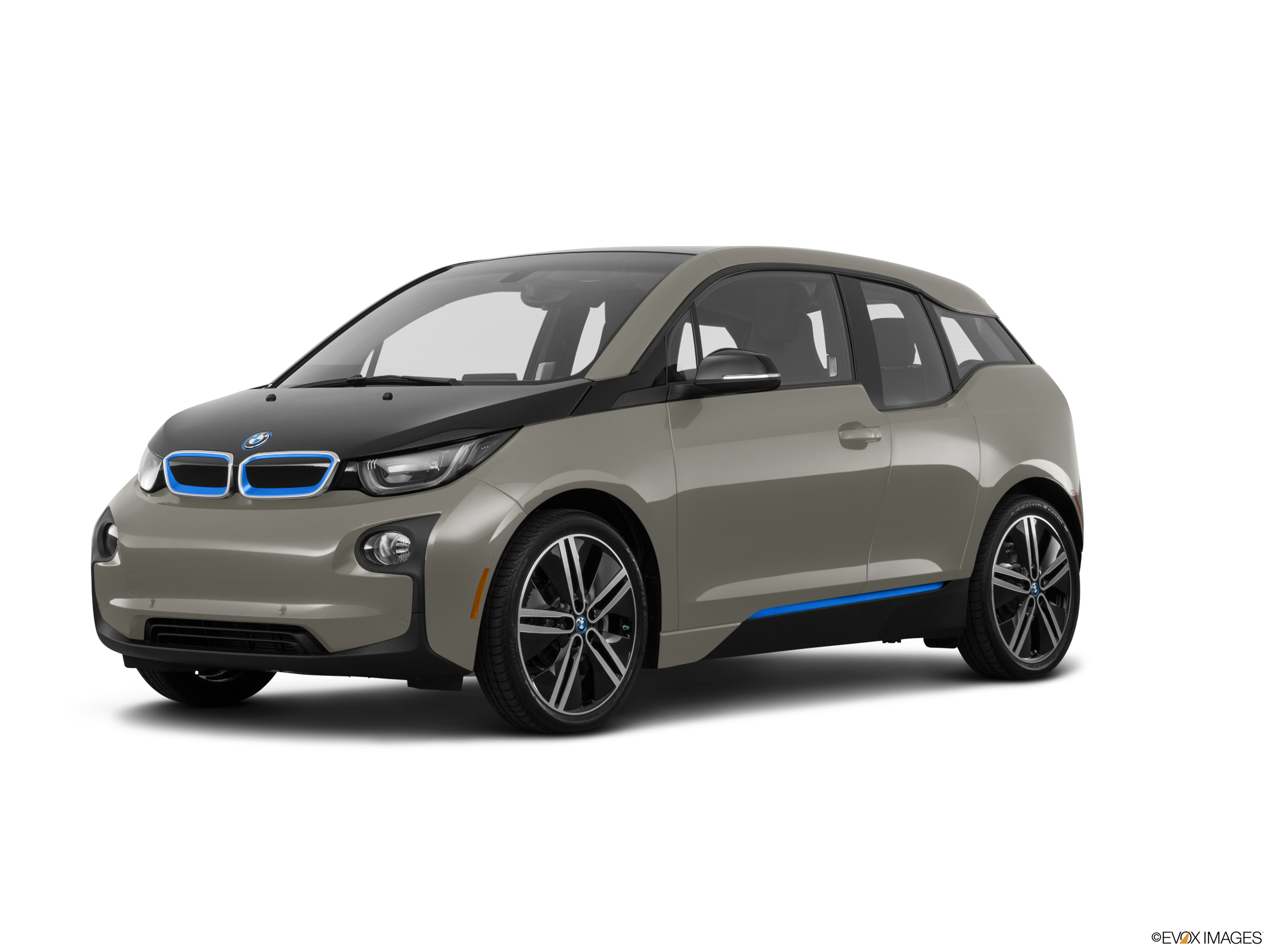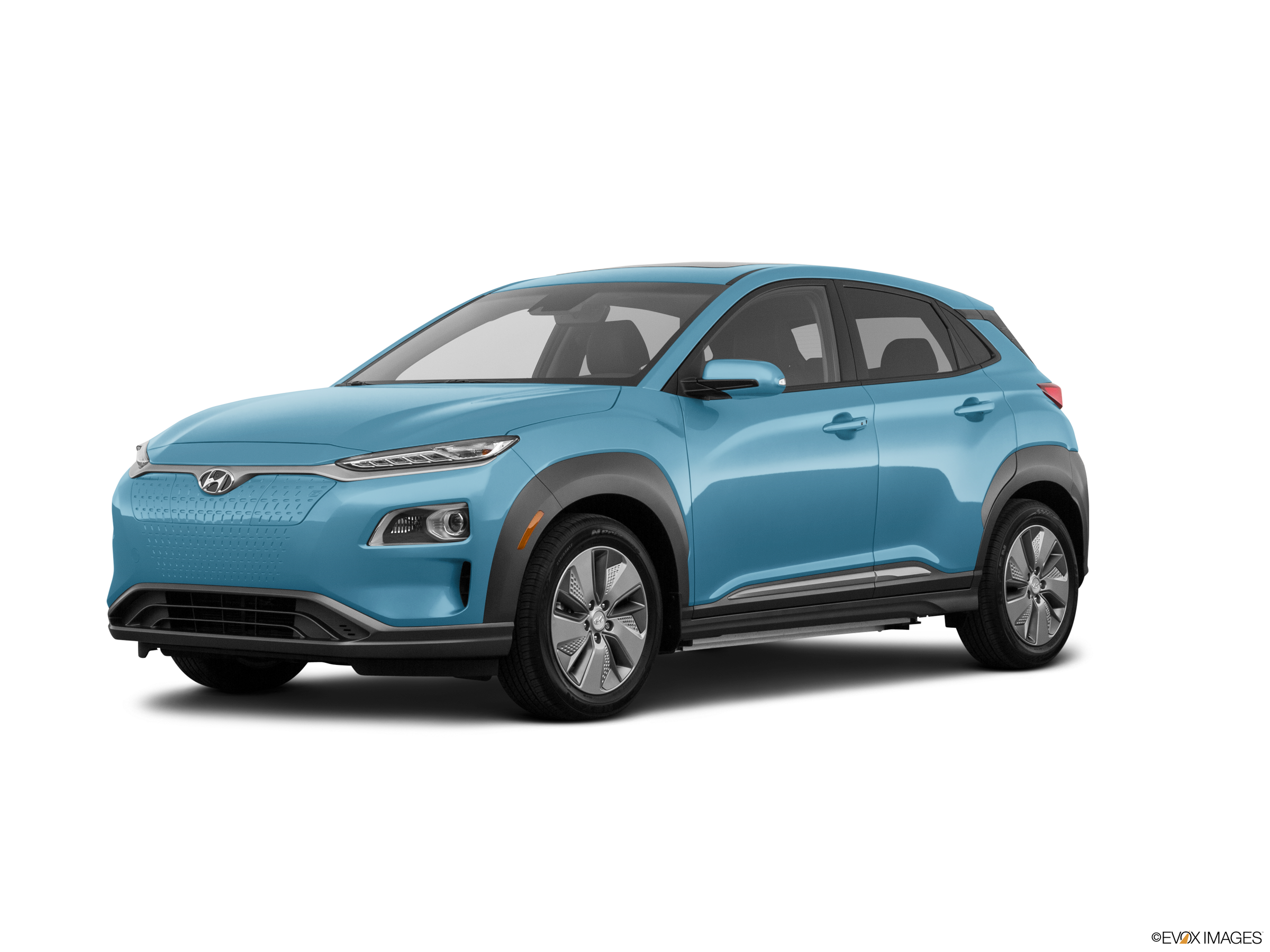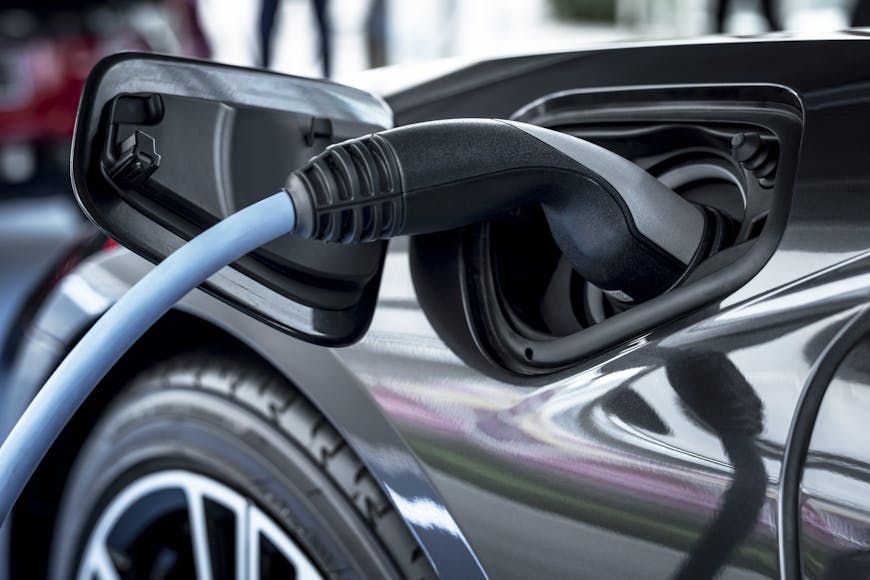
Get ready folks—it's hard to have this conversation without stirring up a tonne of jargon. So before we get started, here's your handy acronym reference guide:
- Mild hybrid

Small electric battery used to improve fuel economy—by adding some support to the engine during acceleration, for example. Does not directly power the car.
- Full hybrid

Larger battery which powers the car over short distances, for example in slow traffic Regenerative braking will charge the battery. Used to improve fuel economy.
- Plug-in hybrid (PHEV)

Significantly bigger battery. Can usually power cars up to 50km at 120kph, fully electric with zero emissions. Must be recharged at charging points like a BEV.
- Range-extended EV (REX)

Driving is powered solely by electric battery, but the car contains an onboard internal combustion engine to recharge in a tight spot.
- Battery electric vehicle (BEV)

The large electric battery powers all car operations and must be recharged from a charge point.
While mild and full hybrids play a role in the industry, in this article we'll focus on the two headline electric vehicle types: BEVs and PHEVs.
Distance and range anxiety
In general, plug-in hybrids can travel much further than pure electric vehicles. Combining electric and fossil fuel power, the average PHEV can travel 400-600km without refuelling; these numbers can only be rivalled by a very exclusive, expensive group of luxury EVs like the fully-spec'd Tesla Model X.
While we believe range anxiety isn't the problem it used to be, it remains a big concern for EV buyers. Plug-in hybrids put those fears to rest. Range anxiety is an emotional problem, not a logical one. So while even a 100-mile max EV can manage the vast majority of daily journeys, buyers leap to the security of PHEVs.
As the EV charging infrastructure continues to develop across the EU, that range anxiety should keep falling and the gap between PHEVs and BEVs will narrow.
Costs
In terms of upfront cost, there's little to split them. Both are expensive compared to internal combustion vehicles, especially when considering the used car market. It's in running costs where things swing in favour of EVs.
With as little as 1% as many moving parts as an internal combustion vehicle, servicing EVs tends to be noticeably cheaper. However, since PHEVs have effectively twice the complexity of the others, servicing can be costly.
In terms of fuel, electric vehicles are significantly cheaper per-mile. Depending on the rates, the saving can be as high as 70% of the cost of petrol or diesel. PHEV owners can also benefit from low-cost electricity, but with electric range limited to 15-50km on average, savings will be minimal. In reality, many PHEV drivers will regularly use their internal combustion engine because it's much more convenient.
Of course, there's also a range of purchase and tax incentives across the EU. These range from €9.000 off EV retail price in Germany, to free parking, discounted charging, grants for home charge points and more. These rewards tend to be higher for battery EVs, though many countries also offer incentives to plug-in hybrid drivers.
What about emissions?
The emissions for pure EVs is a standout positive. While PHEVs have the potential to travel fully-electric, it is over very limited distances. So if yours is primarily an environmental concern, there really is no debate.
Performance
Pure EVs are known for their instant acceleration and huge torque compared to internal combustion cars. They also move in near-total silence, which creates an amazing driving experience. If the PHEV is running in zero-emissions mode, then you can enjoy a similar (if short-lived) experience.
Any real contrast of performance is impossible of course because it depends so crucially on the specific brand and model. The driving experience of full-spec Tesla Model S will outperform virtually any plug-in hybrid...but also virtually any petrol or diesel car. So too the experience of an entry-level Nissan Leaf will feel slow and cumbersome compared to the Jeep Renegade 4xe, a luxury PHEV.
Probably the biggest weakness of plug-in hybrids used to be charge point availability: recharging your 50km electric range was a hassle. But with Carge integrating all nearby charge points, razor-sharp navigation, and payment in a single app, charging your EV and PHEV has never been easier!
There's never been a better time to drive and electric or plug-in hybrid car.
>> Download the Carge app on your smartphone today.
Now that you learned more about the electric and plug-in hybrid cars, it’s time to take a look at the FAQ section, where we have compiled a list of answers to common questions.
If there’s anything, you might want to ask, please don’t hesitate to contact us via live chat. ↘













